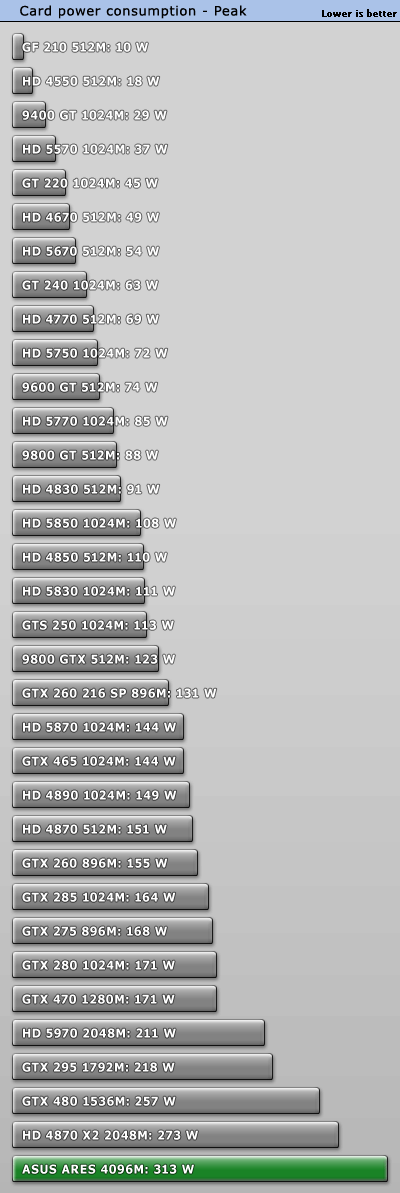Specifications aren't published just for the sheer fun of creating them. I have no doubt whatsoever that many, many, MANY hundreds of hours of study, debate and design went into each version of PCI-E. PCI-SIG has over 900 member companies signed up. Their Board of Directors has representatives from Intel, Microsoft, IBM, AMD, Nvidia, Sun Micro, HP, Broadcom and Agilent Technologies. The Chairman and President of PCI-SIG is Al Yanes, a distinguished Engineer from IBM. These guys aren't going to guess about ANYTHING. If they put out a spec, you can be sure that every single item in it was put in for a very specific reason.
As Skurge mentioned, I also remember people talking about overclocked 4870X2 power connectors heating up. That is why each connector has a maximum power rating. If they could safely allow the PCI-E slot to deliver all 300+ watts, don't you think they would have done so rather than adding multiple 6 and 8 pin connections?
It is possible that when PCI-E 2.0 was released, they did not foresee the possibility of a video card drawing over 300w. Hence there was no inclusion of a dual 8-pin power connector configuration. And that could also explain 300w as the highest power consumption configuration in the PCI-E 2.0 specifications.
However, there could be other issues at work as well. Thermal load, electrical noise, inlet temperatures, exhaust temps, etc. Perhaps 300w is the maximum allowable to be dissipated out the back of the card to prevent people from getting burned if they happen to touch the backplate. Not being an Electrical Engineer, I can only guess. Which is something I'm sure PCI-SIG doesn't ever do.
Personally, I think that as long as card does not not violate the maximum rating of any of the power delivery components (slot + connector + connector), then I don't see that PCI-SIG would have any problem certifying it. But again, there may be other factors at work that we know absolutely nothing about.




